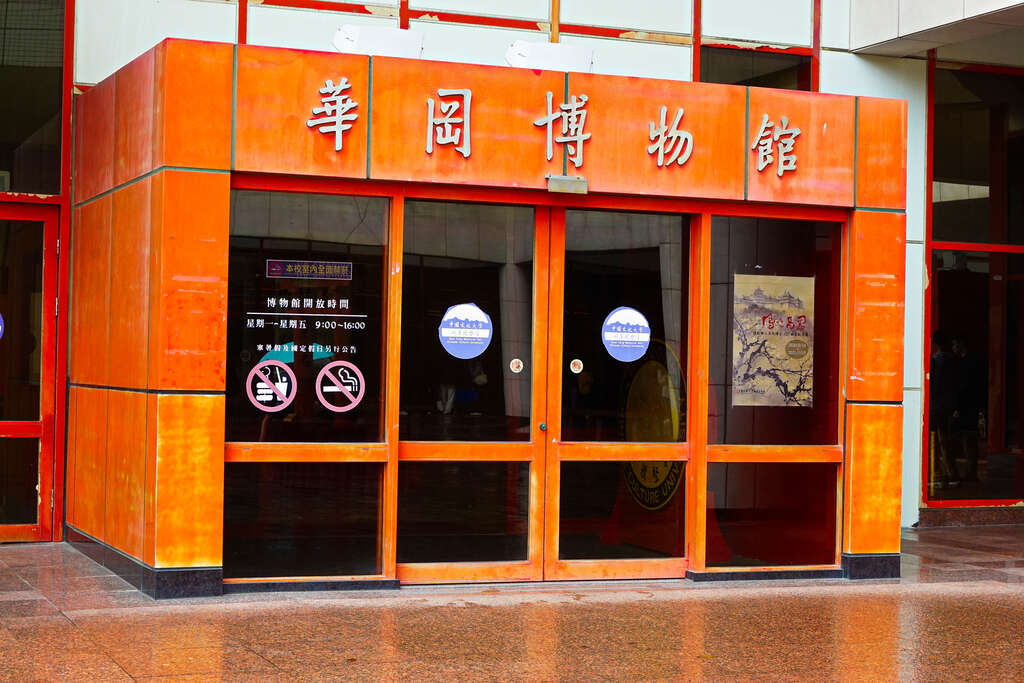Huagang Museum Introduction
The establishment of the Huagang Museum originated with the founding of Huagang Academy. The founder, Mr. Zhang Qiyun, on March 1, 1962, set forth the "Purpose of School Establishment," stating the integration of "higher education (university), academic research (graduate school), and service promotion (enterprise)" as the guiding principles for establishing the institution. The museum was planned under the principle of giving equal emphasis to "library and museum." The preparation period for the Huagang Museum lasted for 8 years, with its predecessor being the "Chinese Cultural Relics Exhibition Hall," established in 1963 in Dacheng Hall, followed by a relocation in 1965 to Daren Hall, where it was renamed "Relics Museum," and in 1969, it was further renamed "International Huaxue Material Exhibition Hall." To adapt to this evolution, the museum was initially set up within the library for daily administration, collectively referred to as the Library Museum. Subsequently, a museum section was established within the Chinese Academy of Sciences specifically for this purpose. In 1971, the Huagang Museum was officially established on the 6th floor of Dayi Hall, becoming the first comprehensive university museum in Taiwan and the largest university community museum. The Huagang Museum assists teaching by providing resources for general education while also serving social education and community service functions. Starting in 1985, Chairman Dr. Zhang Jinghu decided to construct a new museum building, which was unified in planning with the library and information center as the Xiaofeng Memorial Hall. By the end of 1998, the hardware construction was completed, and on March 1, 1999, it was officially inaugurated, retaining the name "Huagang Museum." The functions of the Huagang Museum are categorized into three main areas: collection, exhibition, and educational promotion. Under the efforts of successive directors Pan Weihe, Zhao Zhenji, Chen Guoning, Chen Mingxiang, Wu Ruixiu, Ji Ruoxin, Liu Mei-Qin, and their colleagues, it has become substantial, becoming a distinctive feature of the university. (Source: Huagang Museum Official Website)



































